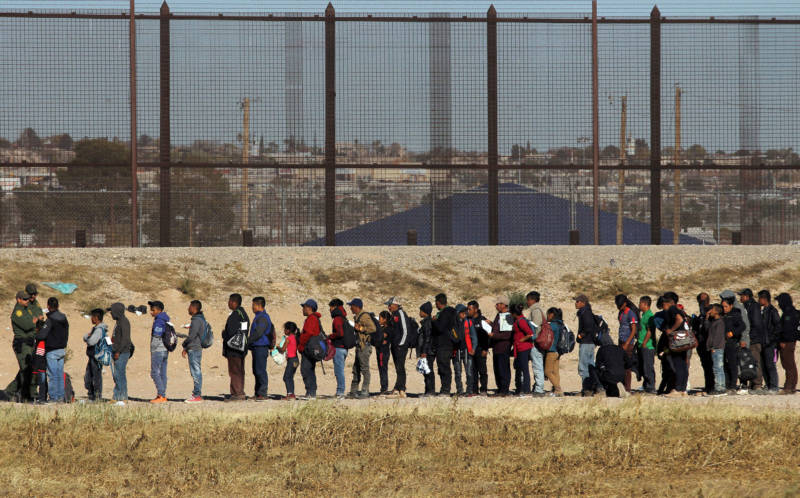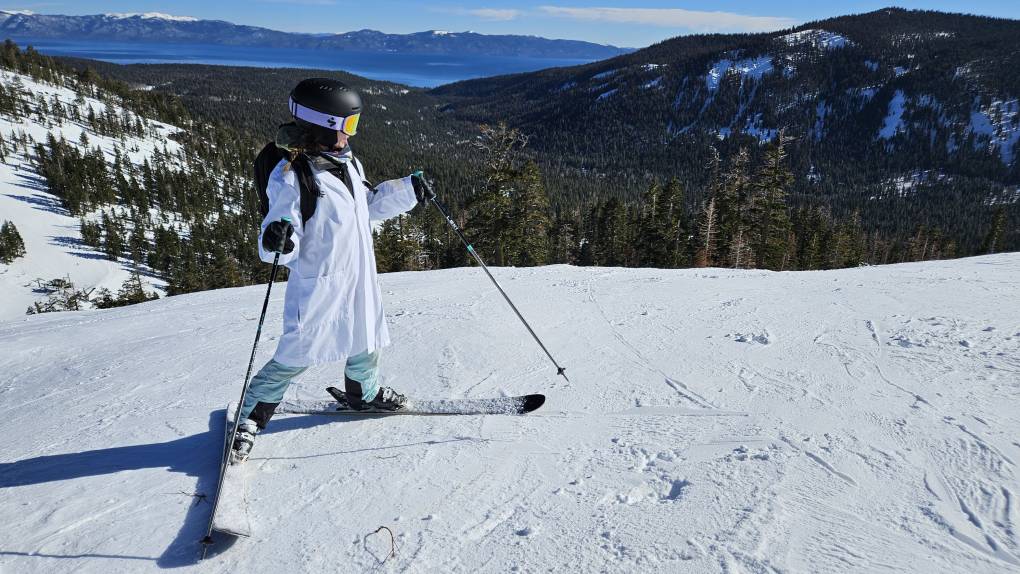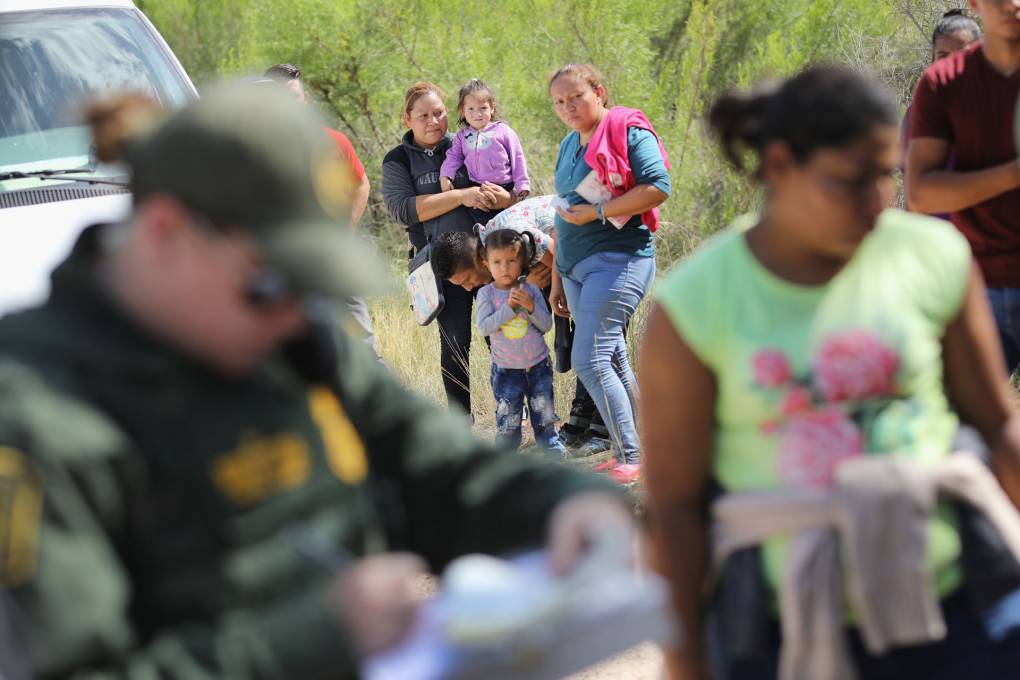Advocates for migrant families who were forcibly separated by the Trump administration in 2017 and 2018 are embarking on a new effort to locate and reunite parents and children after the federal government revealed last month that it had separated 1,556 more children than previously reported.
The search follows a painstaking process, begun in the summer of 2018 and still not complete, to reunify more than 2,800 families that the government initially identified, under orders from a federal judge in San Diego. Locating the new group could be harder, advocates say, because most of the parents have been deported to Central America and the children have been placed with U.S. foster families or other sponsors.
“We may be looking at a months- or years-long process,” said Lee Gelernt, a lawyer with the American Civil Liberties Union, which represents parents in a lawsuit challenging the government’s family separation policy. “But, as we told the court, we will not stop until we find every one of these families.”
Public outcry swelled after then-Attorney General Jeff Sessions announced in April of 2018 that children would be taken away from their parents as part of a “zero tolerance” policy to criminally prosecute all adults who cross the border without authorization.
Two months later, President Trump ordered an end to the practice, and on June 26, 2018, U.S. District Judge Dana Sabraw issued an injunction barring border officials from taking kids from their parents, except in rare circumstances. Sabraw ordered the families reunified and the government identified 2,814 affected children. The ACLU then set up a “steering committee” of lawyers and advocates to track down the parents and reconnect them with their kids.
As that process was underway, the inspector general of the Department of Health and Human Services, the agency that took custody of the children, issued a report in January saying hundreds or thousands more separated kids might have passed through HHS shelters, as much as a year before the controversial practice came to light. Sabraw then ordered the government to review the records of 47,000 unaccompanied minors in HHS custody since July 1, 2017.


